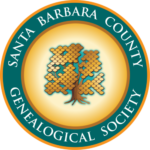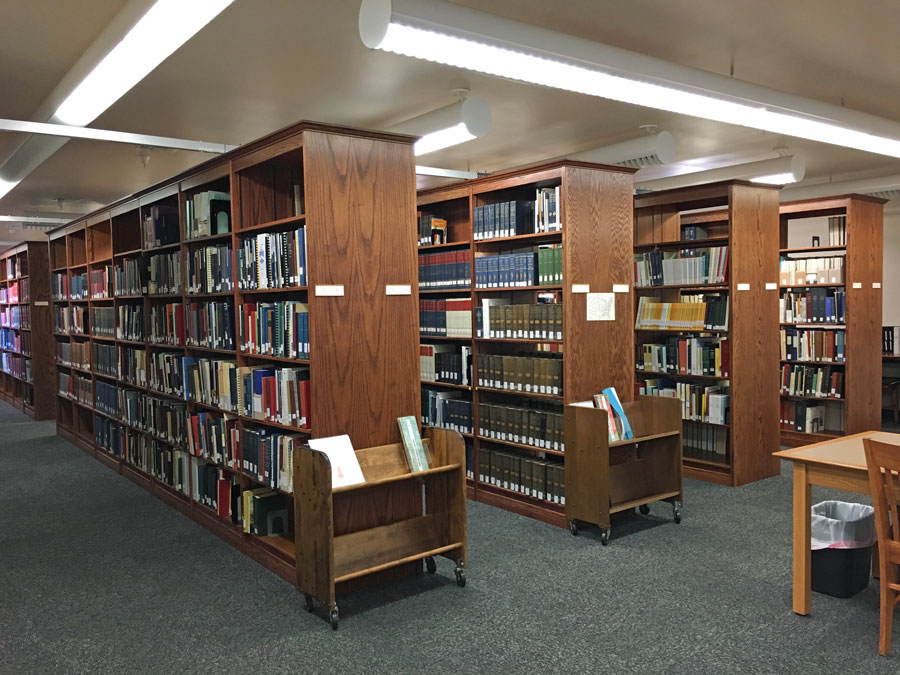Launched three years ago, the Virtual Record Treasury of Ireland is now home to over 350,000 records and 250 million words of searchable Irish history. Led by Trinity College Dublin and supported by the Department of Culture, Communications and Sport, the project brings together historians, computer scientists, archivists, and librarians working to digitally recreate Ireland’s destroyed public record office and its lost collections.
A total of 75 memory institutions across the island of Ireland and around the world are contributing digital images of replacement documents, transcripts and duplicates to the Virtual Treasury. This includes core partners National Archives of Ireland (NAI), Public Record Office of Northern Ireland (PRONI), The National Archives UK (TNA), the Irish Manuscripts Commission (IMC) and the Library of Trinity College Dublin.
19th-century census
Among new treasures freely available online today for the first time are 60,000 names from the 19th-century census destroyed in 1922. Painstakingly compiled from transcriptions preserved in the National Archives of Ireland and the Public Record Office of Northern Ireland, these recovered transcripts of census returns reveal ordinary lives across the island of Ireland in the decades before and after the Great Famine.
New in the Virtual Record Treasury of Ireland for 2025:
- Population Portal: genealogical riches include 60,000 names from the 19th-century census destroyed in 1922. (NAI, PRONI, Trinity)
- The Age of Revolution Portal: documents illustrate the drama of the 1798 Rebellion and Ireland’s links to the American Revolution. (PRONI, NAI, Library of Congress, TNA)
- The Age of Conquest Portal: five million words of Anglo-Norman (1170-1500) Irish history translated into English. (TNA, IMC, NAI, Trinity)
- State Papers Ireland: (1660–1720) over 10 million words on governing Ireland in the dramatic years following Cromwell’s death. (TNA)
- Knowledge Graph Explorer: a powerful new tool for identifying people and places, and the links between them, in the records. (ADAPT Research Ireland Centre)
Free access to these records and more are at the Virtual Record Treasury of Ireland.
Submitted by Robin McCarthy

